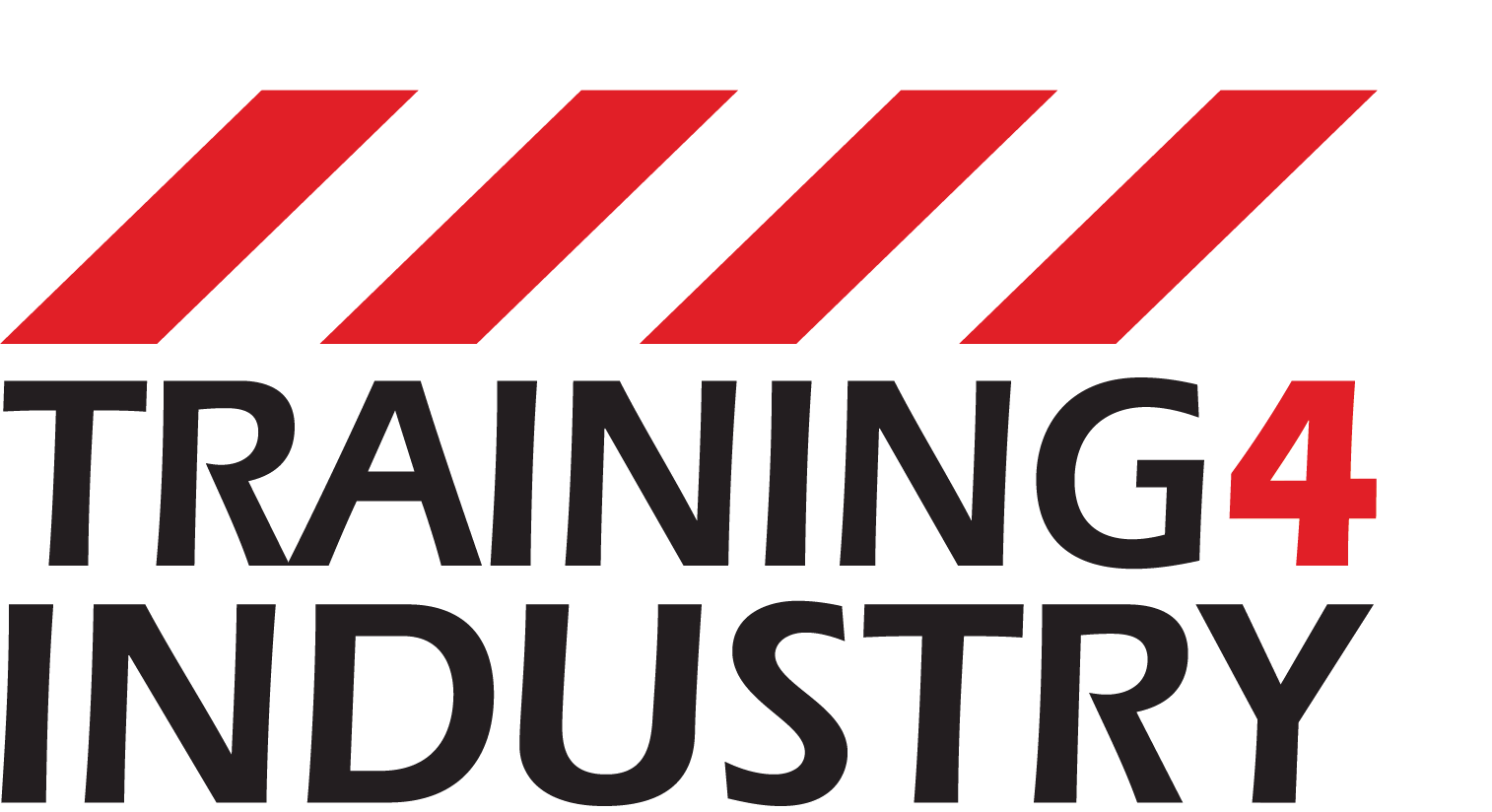Course Content
- Risk Assessment – Recorded on agreed form 5.3.5.
- Inspection of the vehicle to be loaded/unloaded.
- Inspection of the plant to be loaded/unloaded.
- Compatibility of a) and b) to avoid axle/ vehicle overload.
- Siting of the vehicle to be loaded.
- Loading single and multiple loads.
- Securing.
- Checks prior to travelling.
- Unsecuring.
- Unloading.
- Parking and leaving of plant.
Equipment & Other Requirements
Candidates are required to bring the following equipment on the day of the training
- PPE – Hard Hat, Safety boots, High Visible Jacket/Vest, Full body harness & adjustable restraint lanyard
- Company CITB Levy number – Candidates attending Construction related courses should bring their company CITB Levy number with them if applicable.
- A Form of photo ID ( Passport, Driving license, Formal ID Cards)
- Candidates must have completed the IPAF operator course prior to attending this course and their IPAF card is valid.
CANDIDATES MUST DOWNLOAD AND REGISTER ON THE NEW IPAF ePAL APP PRIOR TO ATTENDING THE COURSE
Once registered candidates will receive an email from IPAF to activate the APP
IPAF have digitised PAL Cards with the new ePAL app, available to both new and existing operators. This replaces the need for paper and plastic documents and licenses with operators’ qualifications and experience easily recorded, stored and shared.
Operators can download the app for free to Apple iOS and Android devices and use it to view and access their digital PAL Cards, logbooks and IPAF safety guides.
The New IPAF Digital PAL Card Licence Application (ePAL) will be the new default licence and the cost is included in the price of the course. For anyone who would like an additional Physical PAL Card Licence (Printed PAL Card)
This would be an additional cost of £12.50 + vat
Learning Objectives
- Be aware of the relevant Health and Safety Legislation.
- Be aware of accident prevention and control measures.
- Be aware of the needs with regard to Personnel Protection Equipment and requirements.
- Be able to safely load, unload and secure different types of machinery onto the body of a suitable vehicle ready for transportation legally on the public highway.
- The pre-use and maintenance checks to be carried out prior to commencing work.
- The correct and safe method for operating, loading, unloading, positioning and securing ready for transportation of a specific machine or machines.
- The correct capacities, limitations and safety procedures to enable safe operation.
- The correct selection of vehicle relating to the different types and combinations of machines to be transported.
- The correct selection, inspection and use of securing and ancillary equipment.
Course Aim
Course Overview
| Course Name | Site | Start Date | Date | Delegate Price | Places Left | Course Location | Quantity | Book |
|---|---|---|---|---|---|---|---|---|
| 03/12/2025 |
03/12/2025 i
03/12/2025 08:00 – 16:00 | £360.00 | 0 | Aerial Platforms Ltd | Full |






